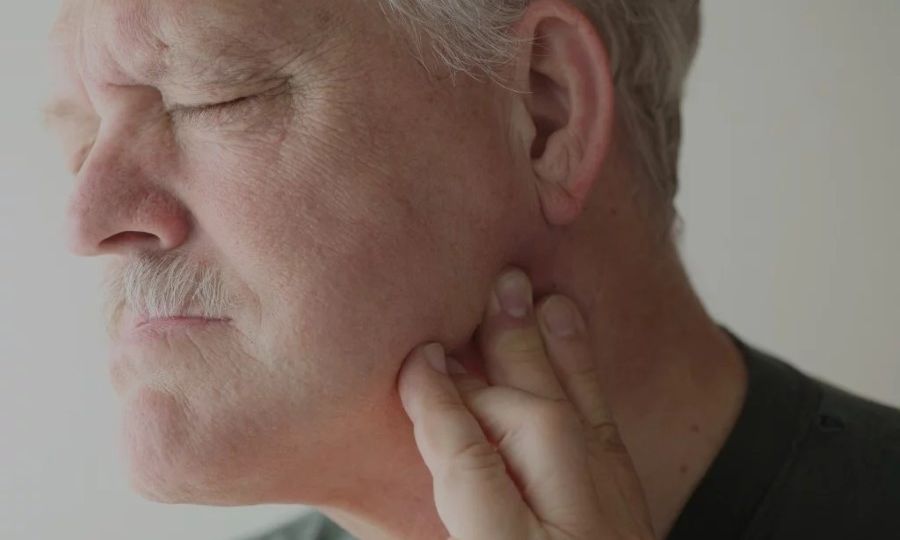
Download “How to Find the Right Orthodontist for Your Child” Whitepaper
You’ve got jaw pain, it hurts when you chew, your face always seems to feel tired, and there’s a constant earache. Your jaw also seems to pop on a regular basis. After some searching, you learn about TMJ pain and realize that’s probably what’s happening to you.
While you book an appointment to see your dentist to discuss some treatment options, you keep reading to find out what else you need to know.
What Is TMJ?
The anatomical abbreviation of “temporomandibular joint,” TMJ is the joint that connects your lower jawbone to the base of your skull. This joint is important in the acts of eating, talking, and breathing—three essential tasks in our day-to-day lives.
Pain is caused when this joint, which is our most frequently used joint in the body, becomes worn down or inflamed. It can make many everyday tasks difficult, painful, and all-around unpleasant.
Symptoms of TMJ Disorder
Different people will experience TMJ pain differently, so it’s best to discuss any symptoms you may exhibit with your dentist. Some common symptoms include pain and tenderness around your jaw, cheeks, ears, and neck; headaches or migraines; stiffness in your jaw; popping, grating, or clicking when you move your jaw; earaches; a locking jaw; painful chewing; or changes in how your teeth fit together.
If you think your symptoms might be related to TMJ disorder, talk to your dentist or orthodontist to look into which possible treatments will be best for you to alleviate your TMJ pain.
Treatment Options: At Home
While you wait for your appointment, there are several ways you can try to manage your pain. First, try resting the joint by eating only soft foods (and absolutely avoid chewing gum). You can apply ice and then later heat packs to decrease the muscle inflammation. Try building different pillow supports to give your neck the support it needs, and you can practice some simple jaw exercises to stretch and relax the muscles.
Often, slouching or poor posture will contribute to TMJ pain. Work on improving your posture and you may find relief. As well, take a look at your ongoing stress levels; stress reduction techniques like yoga or meditation are great additions to improving your discomfort.
Treatment Options: From the Doctor
In more extreme cases, the cause of your TMJ pain may be from an improper facial development. You’ll need to speak to your dentist/orthodontist about braces that can improve your bite, removing the stress that’s causing the inflammation.
Your dentist may also recommend occlusal equilibration—a method that requires several visits, weeks apart, to adjust the muscles and find a new position that doesn’t cause inflammation. This may mean wearing a mouth guard that helps you stop clenching your jaw and grinding your teeth (often during the night), which is adding stress and causing the inflammation.
TMJ disorder can be a difficult condition to diagnose, as it presents a variety of symptoms that affect a variety of places. But if you’re suffering from TMJ pain, try some of these methods to relieve the pain. Always speak to a medical professional about the methods that will be best for you. TMJ disorder is fairly common among adults, but there’s no need for you to suffer needlessly from this pain.


